Follow my super easy recipe and learn how to make buttermilk in under 5 MINUTES and with just 2 INGREDIENTS!!!
All you need is milk plus lemon juice (or white vinegar).
Lets get started...

There's no need to rush out to the supermarket when you're half way through a recipe and realise that the ingredients list calls for buttermilk - oh oh!!!
I guarantee you'll have the ingredients on hand to make your own buttermilk in five minutes flat!
Buttermilk is essentially a fermented milk. It can be used in a variety of cakes, biscuits, doughs and batters to help them rise, and even in marinades to tenderise meats, such as in my Korean Fried Chicken Burger!
Other favourite recipes of mine that include buttermilk for a light texture are my Apple & Oat Muffins, an easy Banana Cake, a Jaffa inspired Chocolate Orange Cake, as well as the popular Ham and Zucchini Muffins!
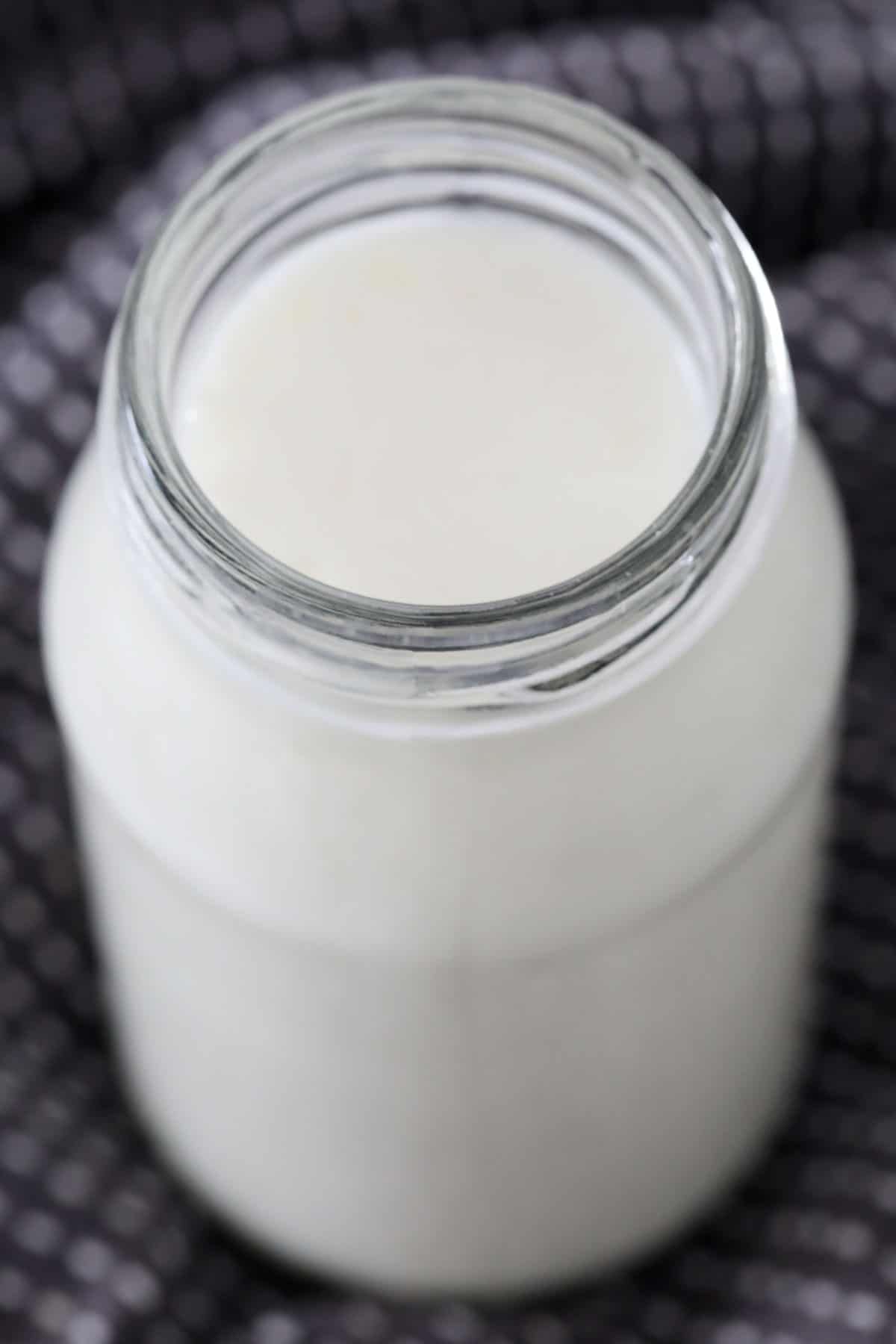
Why You're Going To Love This Recipe
You will love this simple method as it avoids that dash to the supermarket when you realise buttermilk is on the ingredients list, and you have none on hand!!
Buttermilk not only adds a certain flavour to baked goods, but it can also help to make the texture of cakes and biscuits lighter, as well as to help baking rise.
But firstly, let me explain what buttermilk is and what it's used for.
What Is Buttermilk?
Milk is a fresh dairy product, whereas store bought buttermilk is fermented with active 'good' bacteria, like the bacteria in probiotics.
If you were to whip heavy cream for long enough, eventually the fat content would become butter, and the liquid that separates from the fat becomes buttermilk. In days gone by, this liquid was left out overnight to ferment.
What you can buy now is 'cultured' buttermilk, made by adding lactic acid-producing bacteria to milk. The flavour of buttermilk is slightly tart and acidic, similar to a plain yogurt, and it's these acids in the buttermilk that make it so useful in baking.
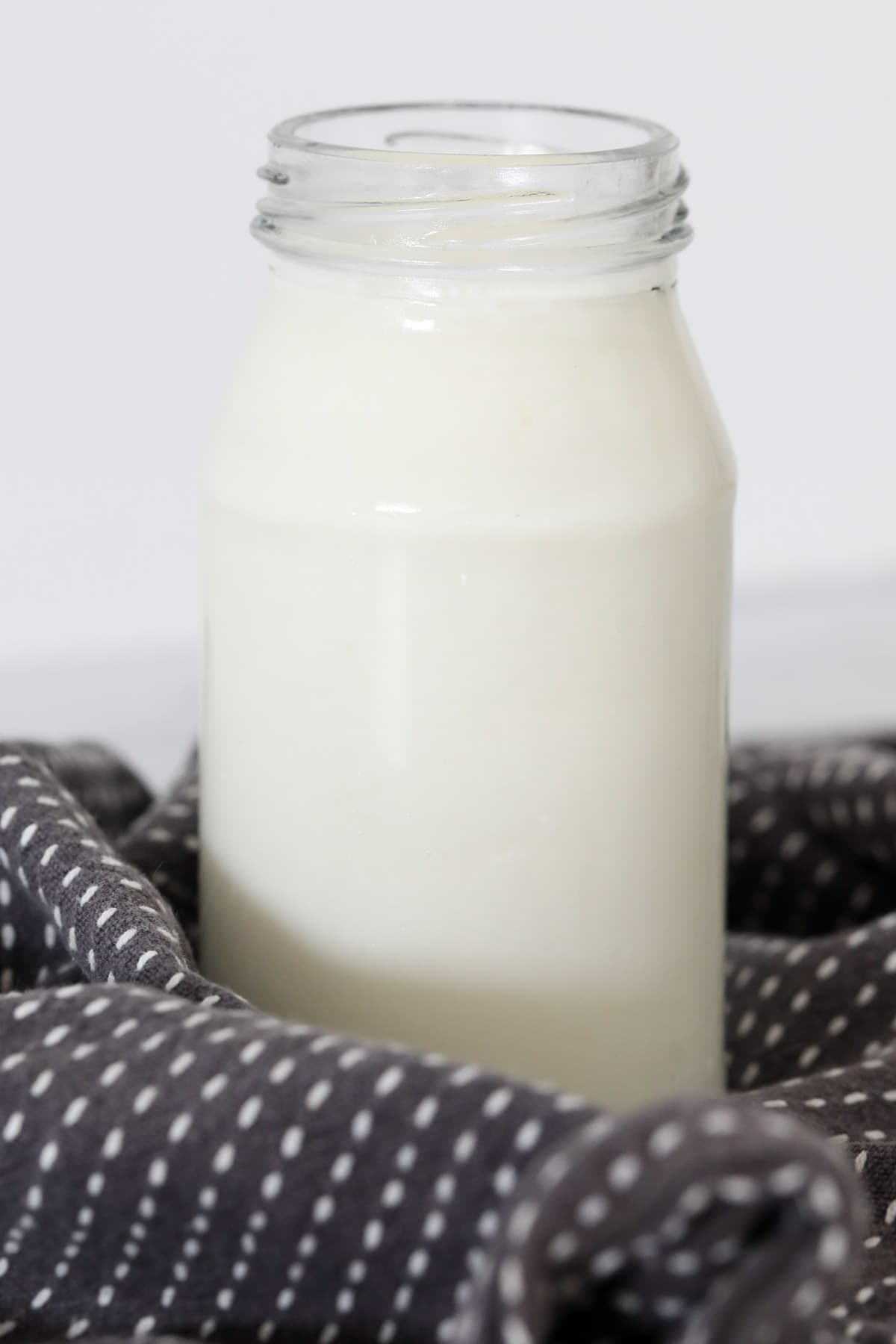
What Is Buttermilk Used For?
Buttermilk can be used in many recipes, and particularly in cakes, pancakes, doughs, biscuits and muffins.
The acidity of buttermilk is used for certain benefits, these include:
- Giving a slightly tart flavour to balance out sweet baked goods.
- To activate baking soda, which makes doughs and batters rise.
- To break down proteins, and acting on the gluten in baked goods.
- Used in marinades, where the acid can tenderise and add flavour to meats and chicken.
- To replace vinegar in some sauces and dressings.
What You Need
Homemade buttermilk can be made with just two simple ingredients in just five minutes flat!
Note: Scroll to the recipe card at the bottom for the ingredients quantities and full detailed method.
- Milk - I use a full-cream milk rather than low fat or 'light' versions, but you can use use any type of milk or milk substitute, if you prefer (see Expert Tips).
- Either white vinegar or lemon juice - for the acid! Any clear vinegar such as regular white, or white wine vinegar, or apple cider vinegar works fine. If you use lemon juice, it can be either store bought or freshly squeezed.
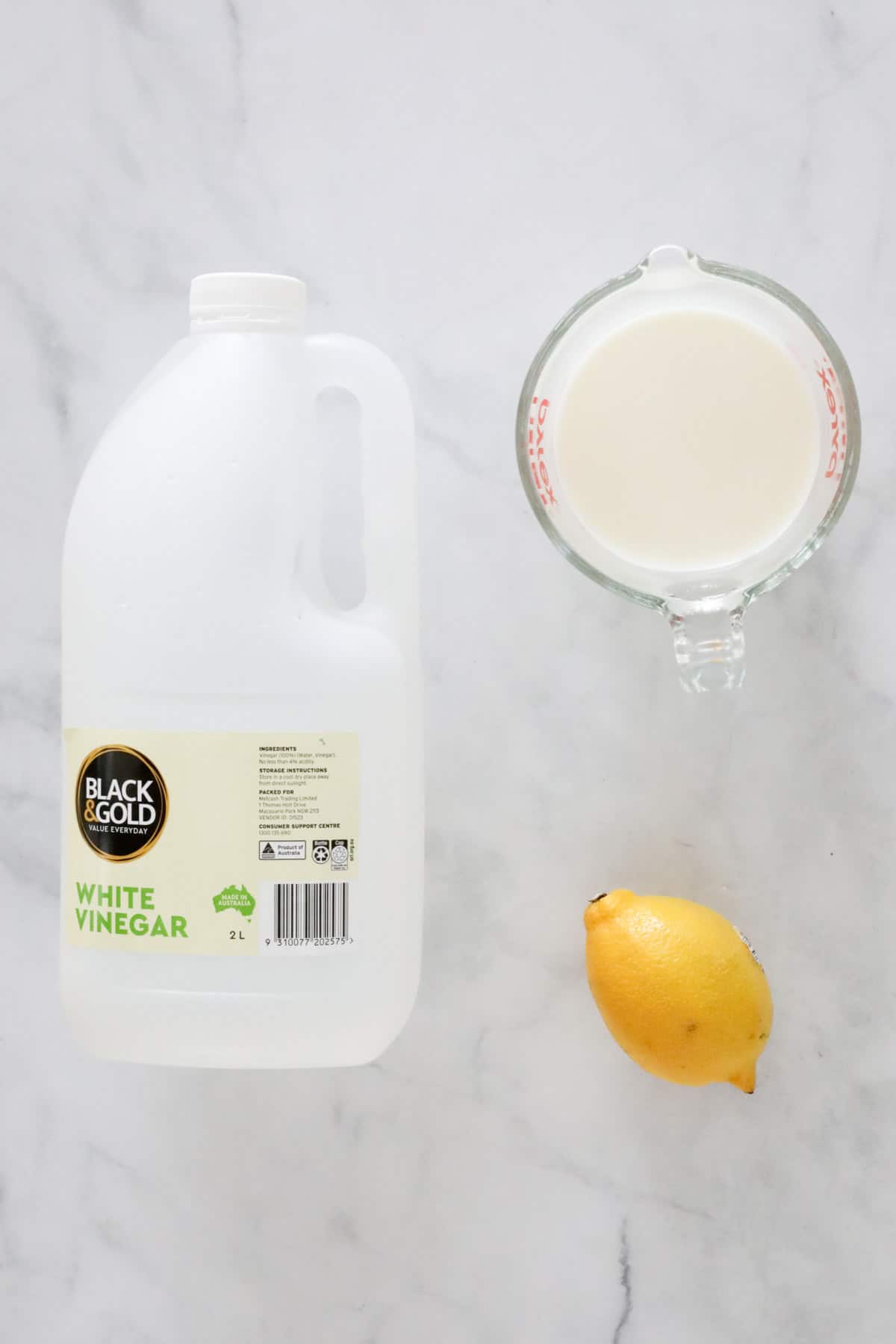
Equipment Required
All you need is a jug, a measuring cup and a tablespoon.
Step By Step Instructions
Here's the simple one-step instruction of how to make one cup of buttermilk!
Note: Scroll to the recipe card at the bottom for the ingredients quantities and full detailed method.
Step 1 - Mix And Allow To Rest
Pour the cup of milk into a jar or bowl. Add one tablespoon of either white vinegar or lemon juice and stir through.
Leave the buttermilk to sit at room temperature for at least 5 minutes.
Note: The milk will become slightly thickened and curdled.
Your buttermilk is now ready to use in your favourite recipes!
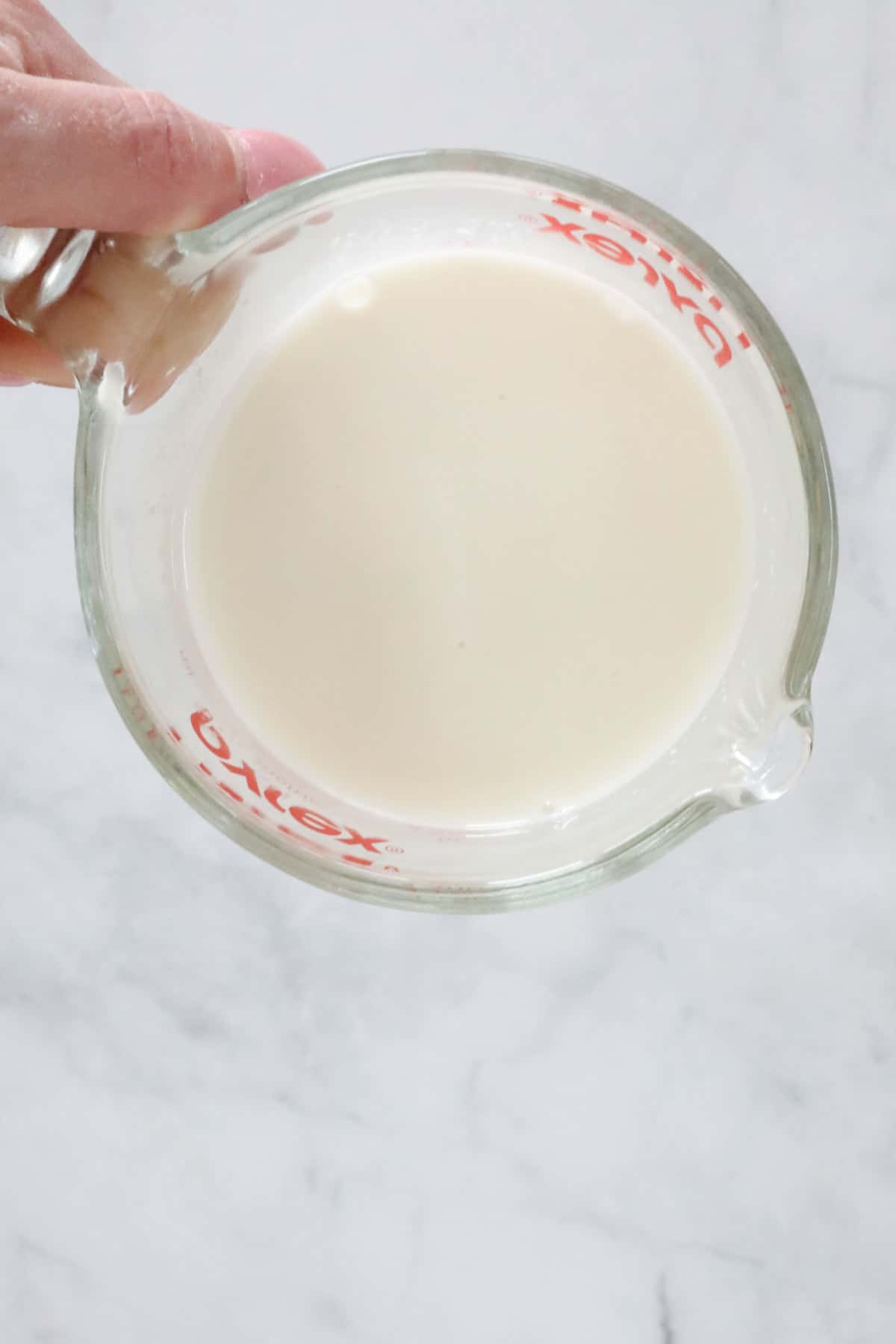
Expert Tips
- I recommend using full-cream milk for best results, although you can use any type of milk really, even dairy-free milks such as nut milk, soy or vegan milk, if you prefer.
- Use any clear, or almost clear vinegar, such as regular white vinegar, white wine vinegar or apple cider vinegar.
- If you use lemon juice, either freshly squeezed or store bought lemon juice work equally well.
- Allow the buttermilk to sit at room temperature for at least 5 minutes, and up to 10 minutes, for the acidity to form.
- Storage - you can store homemade buttermilk in a sealed glass container in the fridge for up to 14 days.
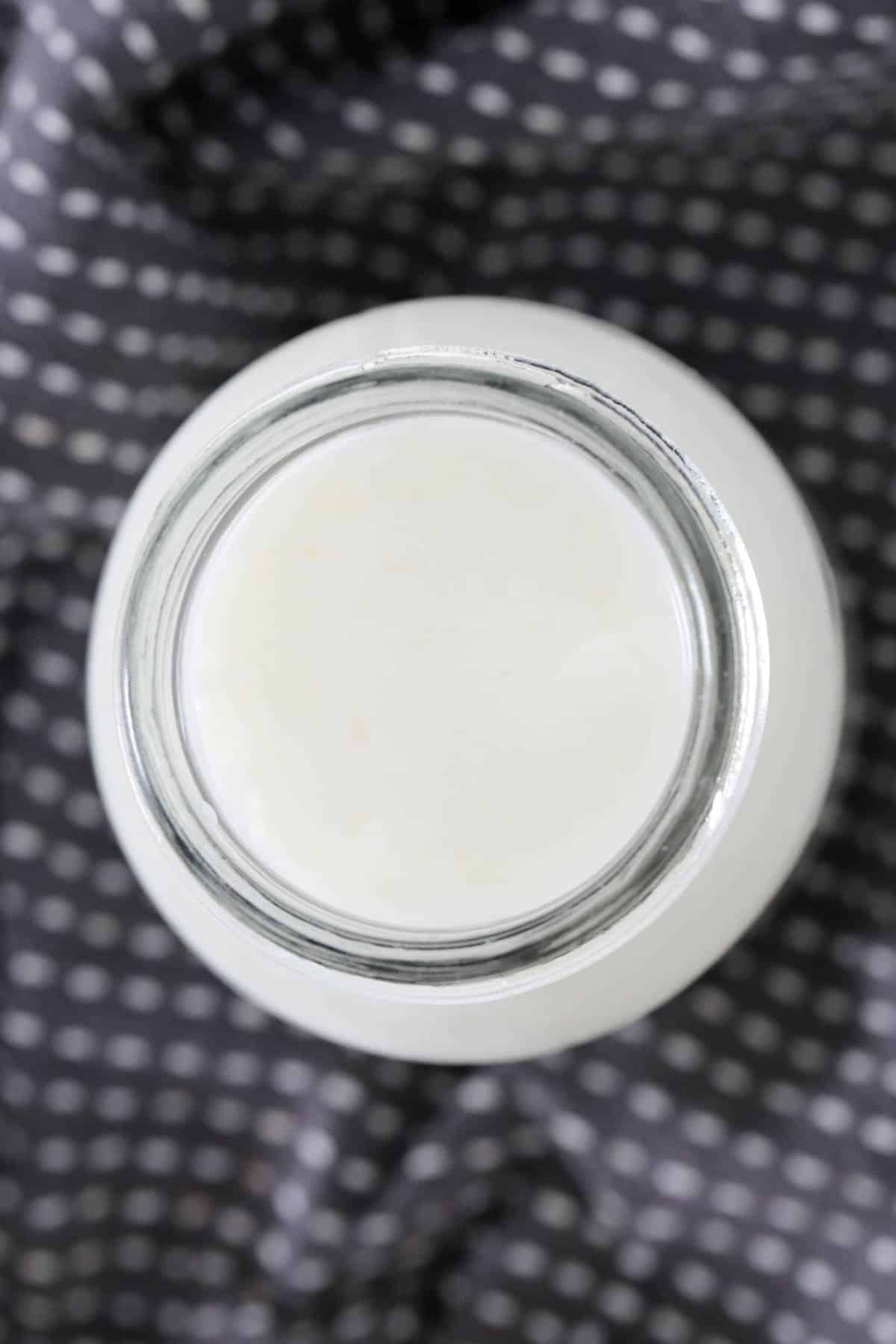
FAQs
Yes, you can. As you may have more buttermilk than you require for a recipe, you can freeze buttermilk for up to 3 months. The texture will change slightly once thawed, becoming a little grainy, but just give it a stir. It will still be fine to use in your baking.
If, for example, your recipe called for one third of a cup of buttermilk, then measure one third of a cup, and add one teaspoon of vinegar or lemon juice.
You can calculate different quantities by working on the measurement that one tablespoon is the equivalent of three teaspoons (1 tbs = 3 tsp).

Related Recipes
Buttermilk is a useful ingredient in many recipes, both sweet and savoury ones, and it's certainly handy when you can so easily make your own!
WANT EVEN MORE DELICIOUS RECIPES? Subscribe to my newsletter or follow along on Facebook or Instagram. And if you love baking, then please come and join my Facebook cooking club group or subscribe to my YouTube channel.

How To Make Buttermilk
Ingredients
- 1 cup milk full cream is preferable
- 1 tbs lemon juice OR white vinegar
Instructions
- Pour the milk into a jar or bowl.
- Stir through 1 tbs of either lemon juice or white vinegar.
- Leave for 5 minutes.Note: the milk will become slightly curdled.
- Use the buttermilk in your favourite recipes!
Notes
- I recommend using full-cream milk for best results, although you can use any type of milk really, even dairy-free milks such as nut milk, soy or vegan milk, if you prefer.
- Use any clear, or almost clear vinegar, such as regular white vinegar, white wine vinegar or apple cider vinegar.
- If you use lemon juice, either freshly squeezed or store bought lemon juice work equally well.
- Allow the buttermilk to sit at room temperature for at least 5 minutes, and up to 10 minutes, for the acidity to form.
- Storage - you can store homemade buttermilk in a sealed glass container in the fridge for up to 14 days.
- Freeze buttermilk in a sealed container for up to 3 months. The texture will be a little grainy when thawed, but it is still perfectly suitable to use in your baking.

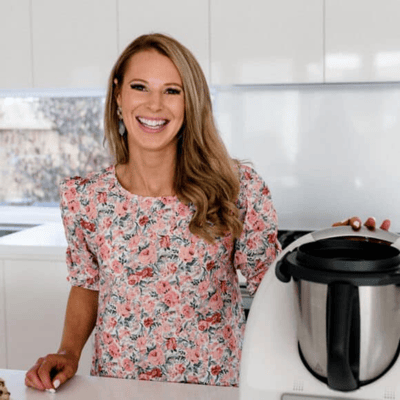
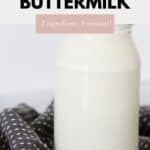
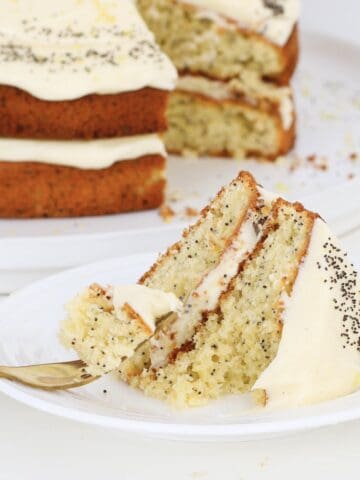
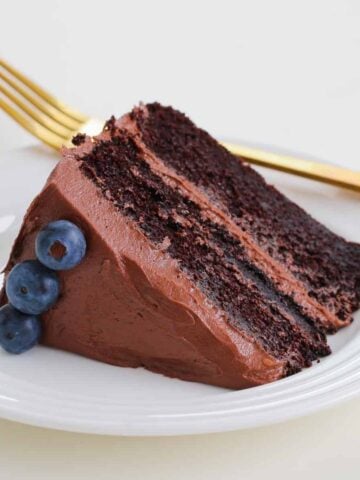

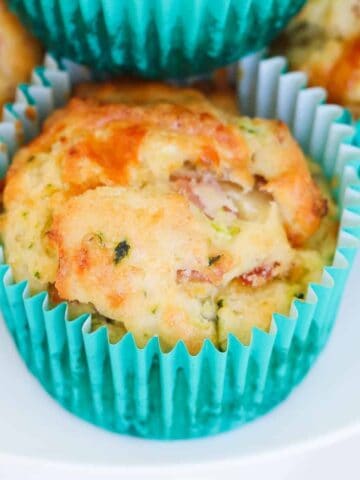
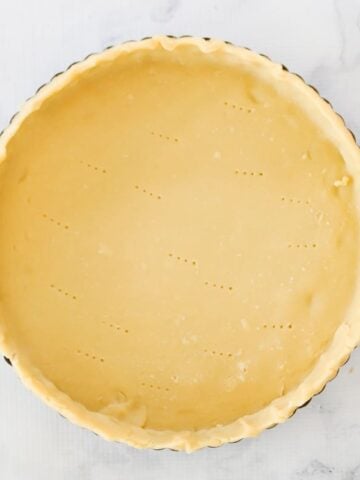
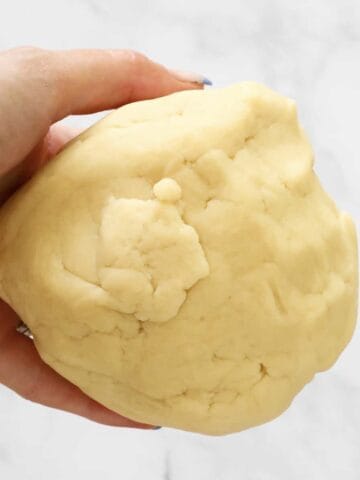
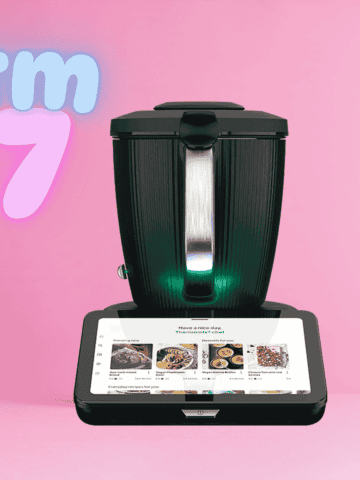

Leave a Reply